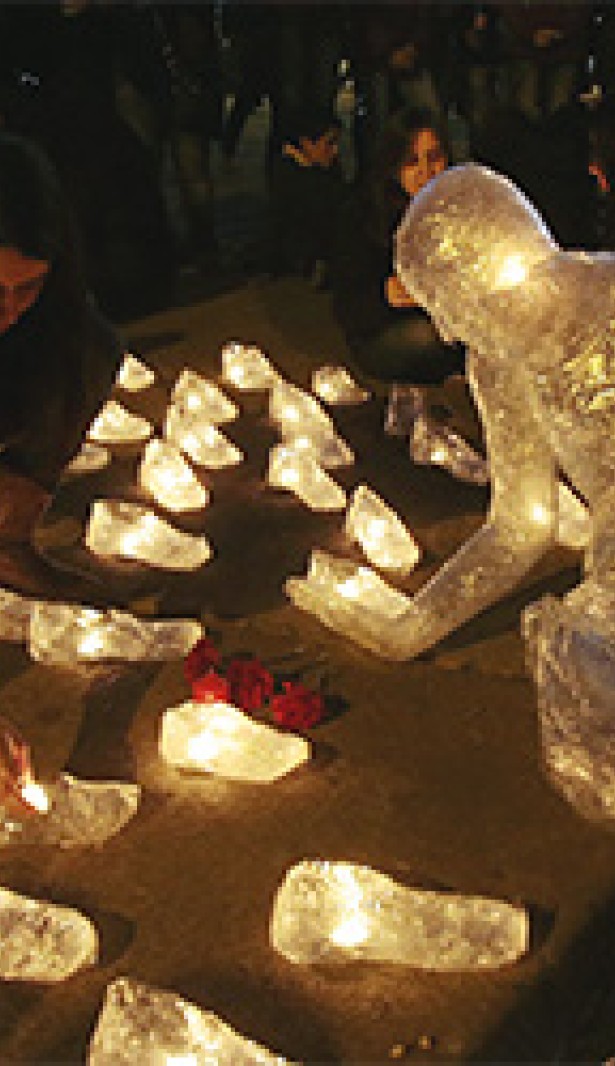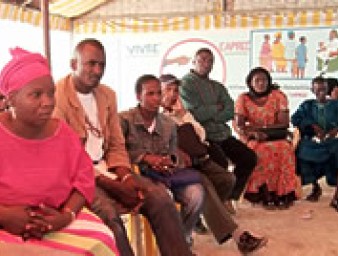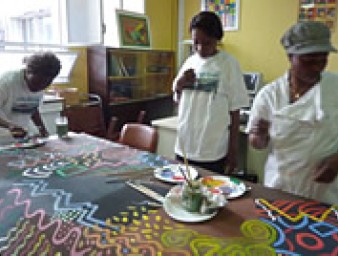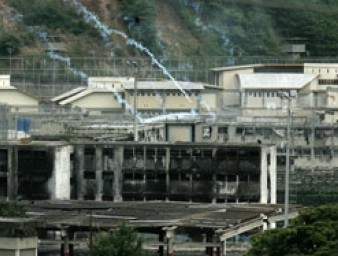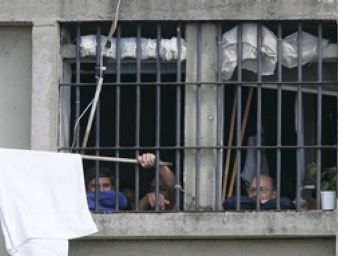A story of resilience: From torture victim to therapist
31 May 2016
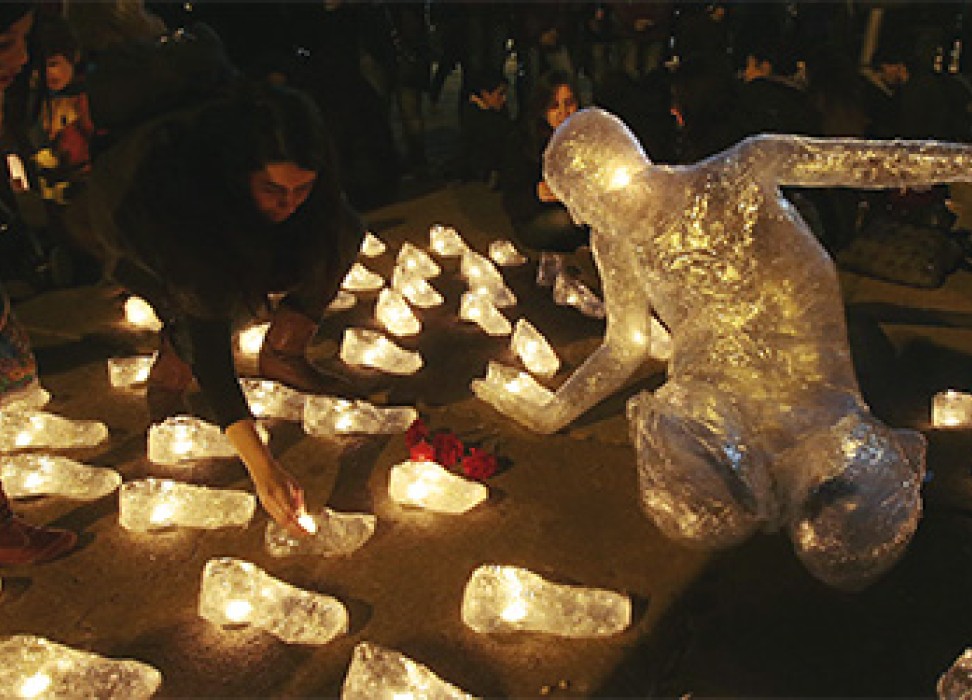
“I was detained on the day of the military coup that overthrew President Salvador Allende in September 1973. I was arrested in the hospital where I worked and tortured at police headquarters over a supposed secret plan called ‘Plan Z’ – el plan zeta – to massacre policemen and their families,” says Jorge Barudy. “I could not tell them anything about this plan because it never existed.”
Now 66 years old, Barudy recalls his journey from torture survivor in Chile to therapist for victims of torture and founder of award winning center, EXIL, which is supported by the United Nations Voluntary Fund for Victims of Torture (UNVFVT).
Barudy’s is one of nine stories told in a new publication, From Horror to Healing: A life-saving journey supported by the UN Fund for Victims of Torture.
“I was taken to the city of Temuco, which had been transformed into a prison camp. On the bus, as the police were taking us to the prison, my resistance began.”
A doctor by profession, Jorge, along with other hospital team members, memorized the telephone numbers of family members and friends, exchanged tips for surviving and tried to lift each other’s spirits as they were being bussed to prison. “Without even knowing it,” he says, “I had already begun my work as a therapist for victims of torture.”
The prisoners’ strategy for surviving their ordeal was built on solidarity. They also devised a secret plan of medical care for each new torture victim arriving at the prison, giving them support through conversation and relaxation techniques to calm their anguish.
“We were constructing a context that today is called ‘resilience,’” he explains. Whenever Barudy was taken out of his cell to be tortured and subjected to electric shock he could feel the support of his colleagues.
Resilience formed the basis for Barudy’s future work as a therapist and he has researched the technique for years, becoming an eminent expert.
In December 1973, after three months in prison, Barudy was suddenly released and sent into exile in Peru with only the clothes on his back. His wife and two children were with him.
Two years later they settled in Belgium where he built on his medical training and became a neuropsychiatrist. For 40 years he has worked with refugees and victims of torture through EXIL centres in Belgium and Spain. At the center in Spain alone, a total of 4,500 victims of torture and other trauma have been treated.
Though Barudy has become an experienced healer in the field of helping trauma victims, he says he will always be a patient.
“Through my work as a psychiatrist and psychotherapist for victims of human rights [violations], I myself continue to undergo therapy and work to leave behind the violence and torture that have marked my life.”
He credits the UNVFVT for crucial support, saying it “has been key for the work of EXIL and my own recovery. It lends essential support to the thousands of civil society actors who work with asylum-seekers, many of whom are victims of torture.”
Since 1981, the UNVFVT, which marks its 35th anniversary this year, is managed by the UN Human Rights Office in Geneva and has channeled over US$168 million into more than 630 organizations giving direct medical, psychological, social and legal assistance to torture victims.
31 May 2016
